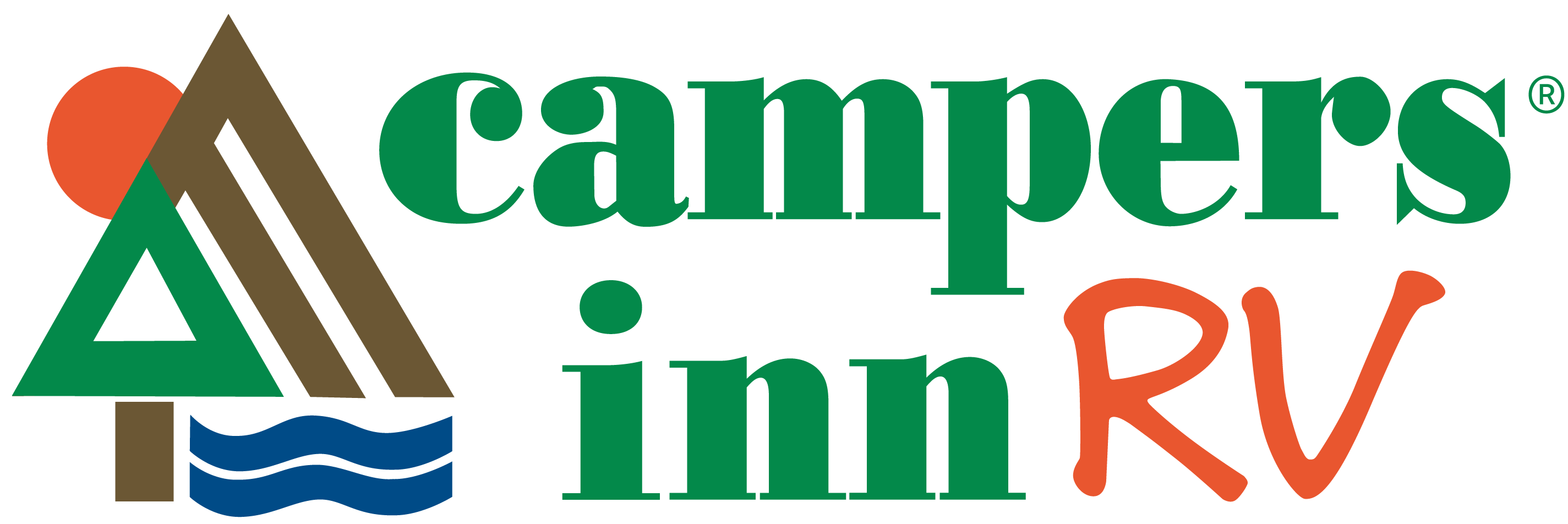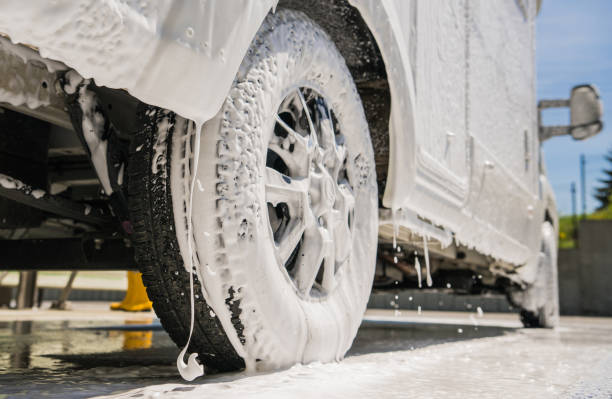
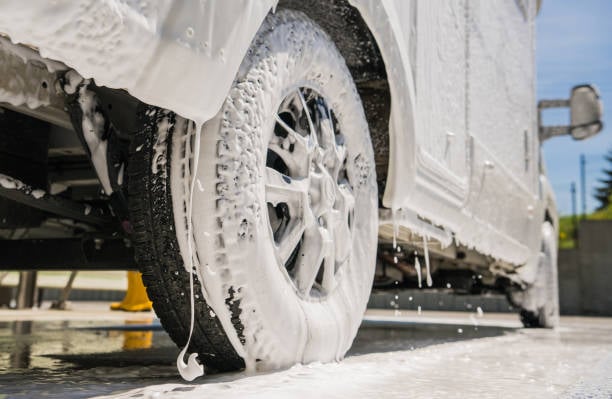
As the sun peeks through the clouds and flowers start to bloom, it's time to shake off the winter dust and gear up for another season of adventures in your RV. Spring cleaning isn't just for your home; it's essential for keeping your mobile haven in top shape for all your travels ahead.
There’s no better way to start the best season of the year than with a squeaky-clean RV filled with all of your gear. Follow these RV Spring Cleaning Tips to get your RV looking brand new!
1. Start with a Plan:
- Before diving in, make a checklist of all the areas you want to clean and tasks you want to accomplish. This will help you stay organized and ensure you don't overlook anything.
- Check your owner's manual and your Campers Inn RV de-winterization information you have on hand.
2. Gather Necessary Supplies:
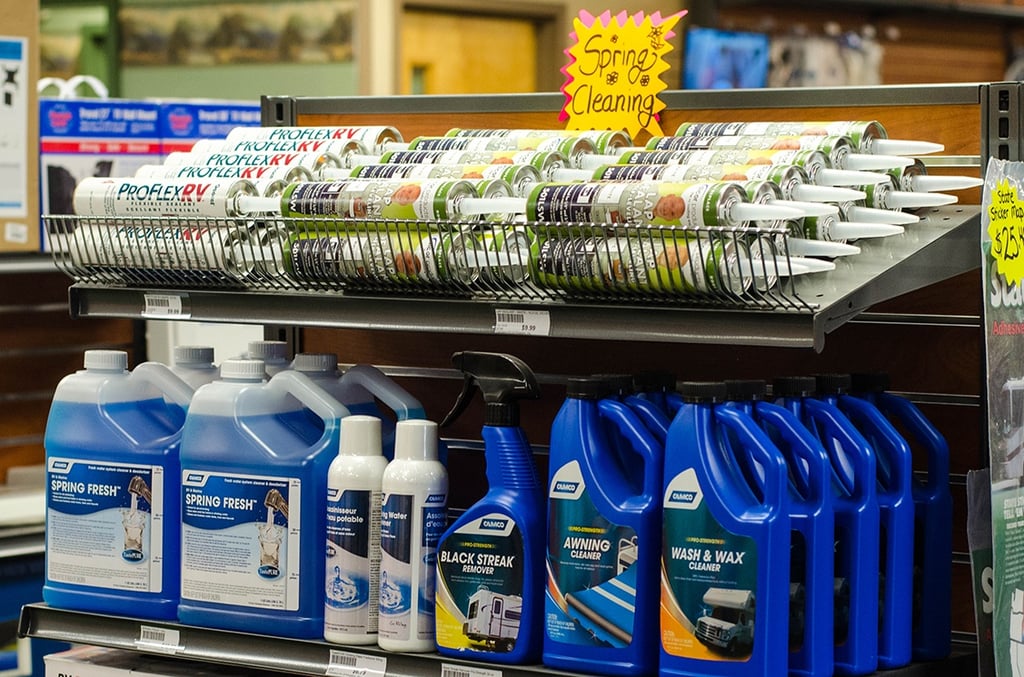
Spring cleaning shopping list:
- Roof and window sealant
- Wash and wax
- Fresh water system cleaner
- Rubber roof cleaner
- Roof brush
- Awning cleaner
- Multi-purpose cleaner
- Rubber roof UV protectant
As you begin the exciting spring cleaning, you’ll need to make sure you have all the needed supplies for the job. Make sure to make a list and head to your local Campers Inn RV dealership to stock up! Call your nearest Campers Inn RV location to check availability.
3. DRAIN OUT ALL THE ANTI-FREEZE!!
4. Prep Your Interior
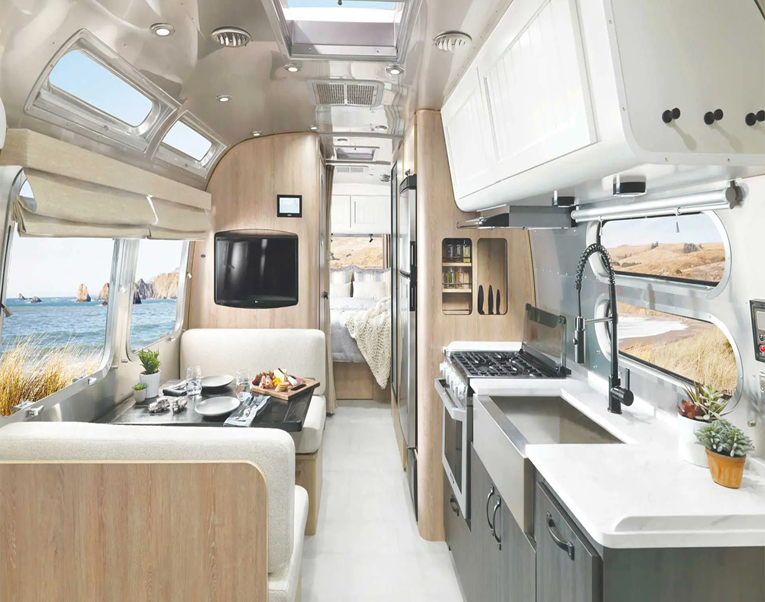
- Dust and vacuum all surfaces, clean windows and mirrors, and wipe down countertops and appliances.
- Check for any signs of pest infestation or mold and address any issues promptly.
- Wash and sanitize kitchen and bathroom surfaces, including countertops, sinks, and appliances. Use mild cleaners or vinegar-based solutions to avoid damaging surfaces.
- Scrub the toilet, shower, and bathtub with an appropriate cleaner to remove grime and soap scum buildup.
- Clean the refrigerator and freezer compartments, removing any expired or spoiled food items. Defrost the freezer if necessary.
- Check and clean the stove, oven, and microwave, ensuring they are free of grease and food residue.
- Inspect the plumbing system for leaks and repair any damaged seals or connections.
- Replace water filters and sanitize the freshwater tank according to the manufacturer's instructions.
5. Brushing Up the Exterior
- Inspect the exterior of the RV for any signs of damage, including cracks, leaks, or damage to seals and caulking. Repair or reseal as needed to prevent water intrusion.
- Check the condition of the tires, including tread wear and tire pressure. Replace any tires that show signs of dry rot or damage.
- Lubricate hinges, locks, and slide-out mechanisms to prevent rust and ensure smooth operation.
- Wash the exterior of the RV using a gentle soap or RV-specific cleaner and a soft brush or sponge. Rinse thoroughly with water to remove soap residue.
- Wax or polish the exterior surfaces to protect against UV damage and maintain a shiny appearance.
- Pour a sanitizing solution into the freshwater tank and fill it with potable water. Drain the freshwater tank and flush the system with clean water until the sanitizer odor dissipates.
6. Inspecting the Leveling System
-
Clean all moving parts of the leveling system, such as jacks and hydraulic cylinders, to remove dirt, debris, and rust. Lubricate moving parts as recommended by the manufacturer to ensure smooth operation.
-
If your RV is equipped with a hydraulic leveling system, check the hydraulic fluid reservoir levels.
-
Test the leveling system to ensure that it operates properly. Extend and retract the leveling jacks or blocks using the controls and observe their movement for any abnormalities.
-
If you use leveling pads or blocks instead of jacks, ensure you have an adequate supply on hand for leveling your RV at campsites where the terrain is uneven. .
-
Double-check that your RV is level using a bubble level or RV leveling app. Adjust the leveling system as needed.
7. Taking Care of the RV Powerhouse
-
Ensure that the oil level is adequate. If it's low, top it up with the recommended type of oil as per the manufacturer's instructions.
-
Check the air filter for dirt, debris, or damage. A clean air filter ensures proper airflow and engine performance.
-
Check the fuel lines, filters, and connections for any signs of damage or leaks.
-
If your generator has a battery, inspect it for corrosion and ensure that it's fully charged. Clean the terminals if necessary.
-
For generators with liquid cooling systems, check the coolant level and top it up if needed. Ensure that there are no leaks in the cooling system.
-
Remove and inspect the spark plug for wear or damage. Ensure proper gap according to manufacturer specifications.
-
Start the generator and let it run for a few minutes to ensure that it starts easily and operates smoothly.
-
Use a multimeter to check the voltage output of the generator to ensure it's within the manufacturer's specifications.
8. Getting a Good Hitch
-
Use a wire brush or abrasive pad to scrub away rust and wipe down all surfaces with a clean rag. Once clean, apply lubricant to moving parts such as the hitch ball, coupler, and pivot points of weight distribution systems.
-
Ensure that the hitch receiver and ball mount are compatible in terms of size and class rating. Make sure the ball mount fits securely into the receiver and that the hitch pin locks in place properly.
-
Adjust the height of the ball mount to ensure that the trailer will be level when attached to the tow vehicle. Use a measuring tape to determine the appropriate height based on the trailer's coupler height.
-
Inspect the safety chains for any signs of wear, rust, or damage. Ensure that they are securely attached to both the trailer and the tow vehicle and that they are crossed underneath the trailer coupler to provide added security in the event of a separation.
-
Check the wiring harness and electrical connections for the trailer lights, brakes, and any other electrical components. Test the trailer lights to verify proper operation.
10. Ensuring Safety Features Are Good to Go!
- Test smoke detectors, carbon monoxide detectors, and fire extinguishers to ensure they are in good working condition.
- Inspect electrical connections, including cords, outlets, and appliances, for any signs of damage or wear. Replace or repair as needed to prevent electrical hazards.
- Check propane tanks for leaks and ensure they are securely fastened. Test propane appliances to verify proper operation.
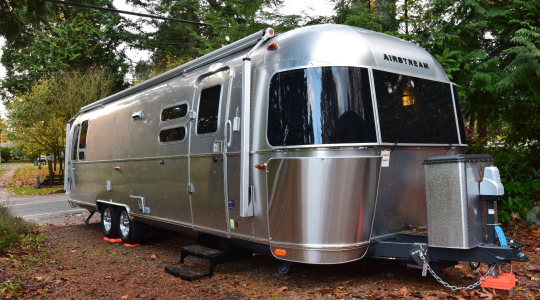
By following these steps, you can de-winterize your RV safely and efficiently, ensuring it's ready for another season of adventures on the open road. If you still have questions or need further assistance, do not hesitate to contact your nearest Campers Inn RV dealer. Happy camping!
Need advice on de-winterizing your RV? Download our free guide today!
